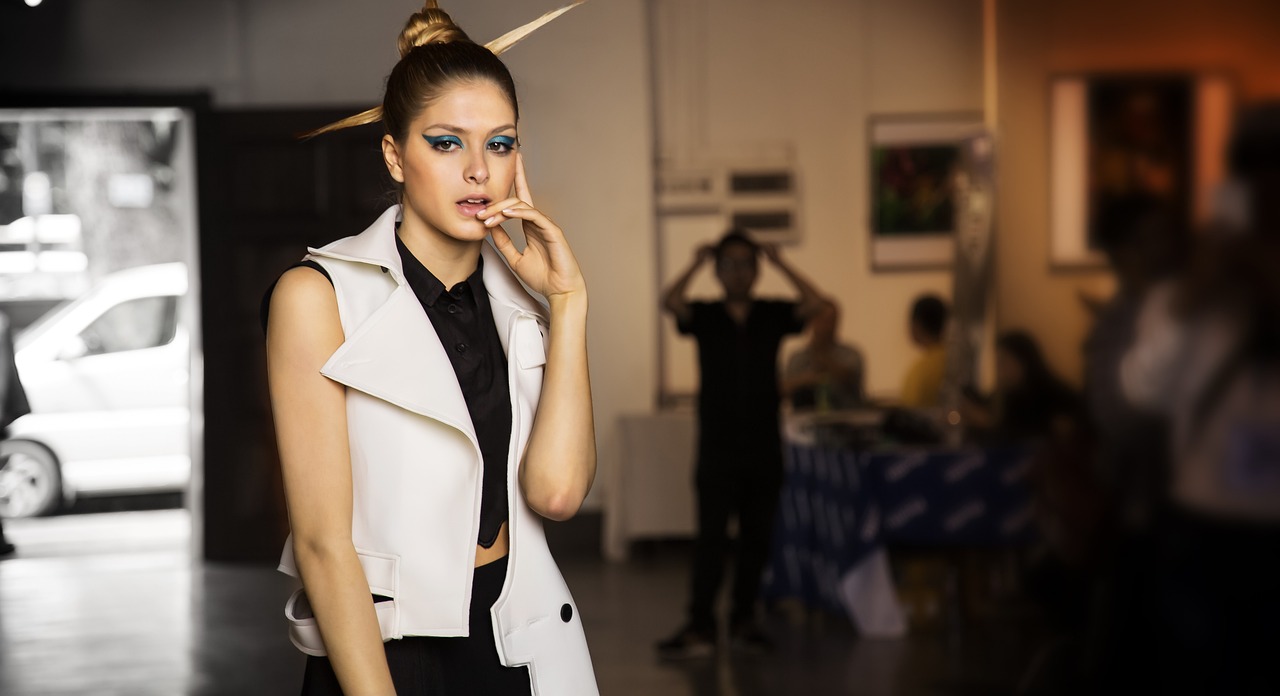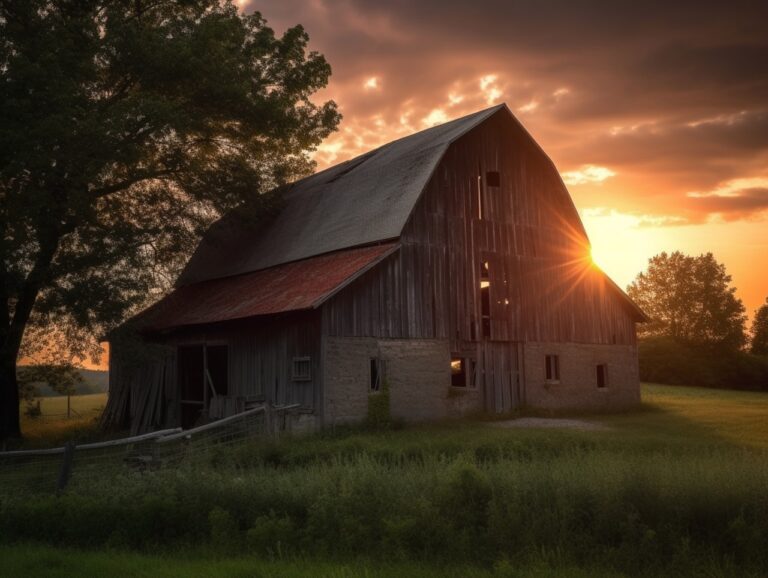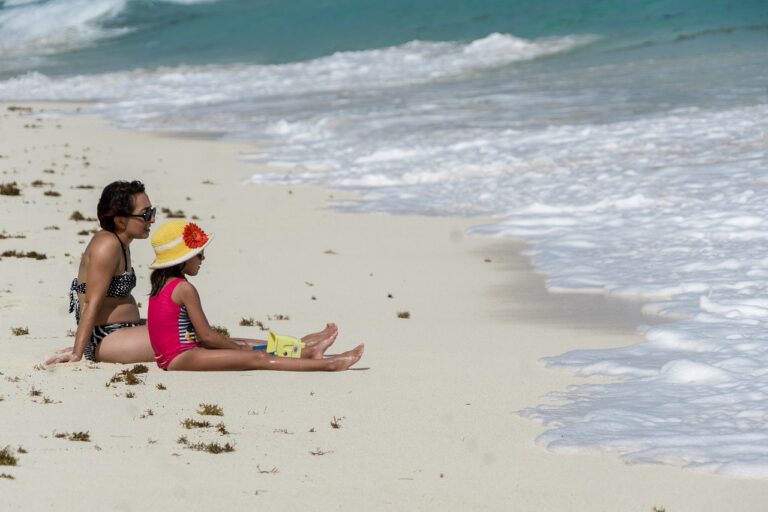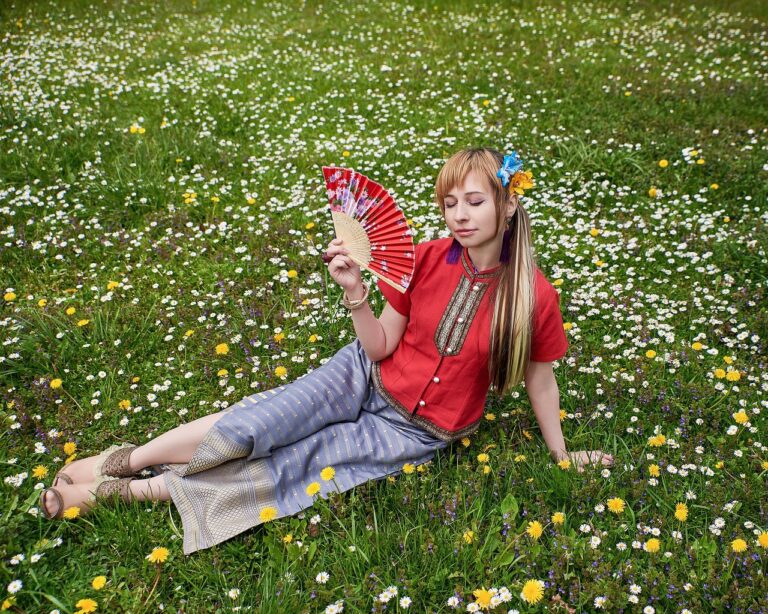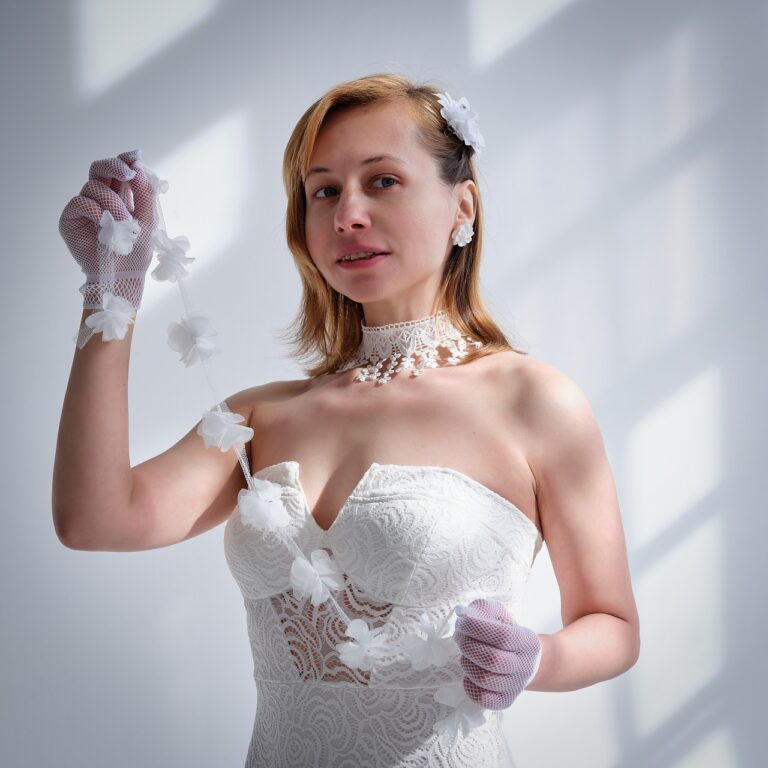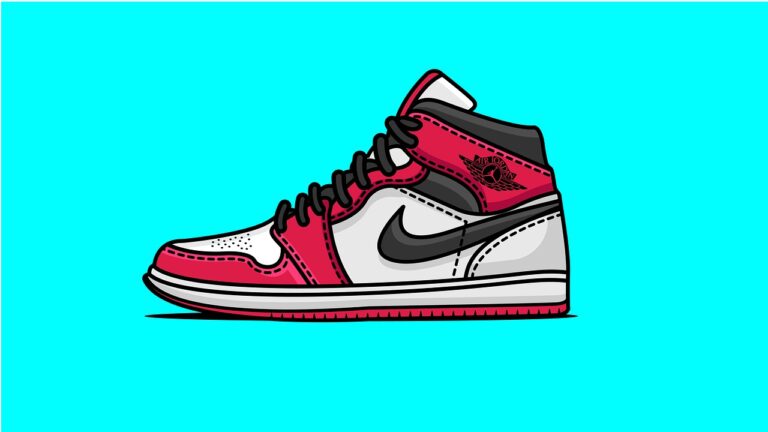The Role of Fashion in Film: Costume Design as Storytelling
When it comes to the world of film, there are many elements that contribute to the overall storytelling experience. One of the most impactful and often overlooked aspects of filmmaking is costume design. The clothes that characters wear on screen not only serve a practical purpose but can also convey important information about the character, setting, and even the mood of a scene. In this article, we will delve into the world of fashion in film and explore the role of costume design as a form of storytelling.
The Historical Significance of Costume Design in Film
Costume design has been an integral part of filmmaking since the early days of silent cinema. In fact, some of the most iconic characters in film history are defined by their distinctive costumes. From Charlie Chaplin’s bowler hat and cane to Marilyn Monroe’s white dress in The Seven Year Itch, costumes have the power to create lasting impressions and shape the audience’s perception of a character.
The Importance of Costume Design in Setting the Scene
Costumes not only help to define characters but also play a crucial role in establishing the time and place of a film. For period pieces, costume designers must meticulously research the fashion trends of a particular era and recreate them authentically on screen. This attention to detail helps to transport audiences to a different time and place and adds to the overall sense of immersion in the story.
Costume Design as a Reflection of Character
One of the key functions of costume design in film is to visually communicate information about a character. The clothes that a character wears can signal their personality, social status, occupation, and even their emotional state. For example, a character who wears designer clothing and expensive accessories may be perceived as wealthy and sophisticated, while a character in worn-out clothing may be seen as down-and-out or struggling.
Collaboration Between Costume Designers and Filmmakers
Costume designers work closely with directors, producers, and actors to ensure that the costumes are in line with the overall vision of the film. They must take into account the character’s background, personality, and role in the story when creating their costumes. Costume designers often collaborate with hair and makeup artists to create a cohesive and visually striking look for the characters on screen.
The Evolution of Fashion in Film
Throughout the history of cinema, fashion trends have played a significant role in shaping the costumes seen on screen. Costume designers often draw inspiration from contemporary fashion trends and adapt them to suit the needs of the characters and the story. In recent years, there has been a growing trend towards more diverse and inclusive representation in film, leading to a greater variety of styles and influences in costume design.
The Impact of Costume Design on Popular Culture
Iconic costumes from films have the power to transcend the screen and become cultural touchstones. Characters like Audrey Hepburn’s Holly Golightly in Breakfast at Tiffany’s or Uma Thurman’s Mia Wallace in Pulp Fiction have inspired countless fashion trends and influenced the way we think about style. Costume designers have the ability to create costumes that not only serve the needs of the story but also have a lasting impact on popular culture.
FAQs
What is the role of costume design in film?
Costume design plays a crucial role in film by helping to define characters, establish the time and place of a story, and convey information about a character’s personality and background.
How do costume designers collaborate with filmmakers?
Costume designers work closely with directors, producers, and actors to ensure that the costumes align with the overall vision of the film. They take into account the character’s background, personality, and role in the story when creating their costumes.
How does costume design reflect popular culture?
Iconic costumes from films have the power to transcend the screen and influence popular culture. Characters like Holly Golightly in Breakfast at Tiffany’s or Mia Wallace in Pulp Fiction have inspired fashion trends and shaped the way we think about style.
In conclusion, costume design is a vital element of filmmaking that not only enhances the visual appeal of a film but also contributes to the storytelling process. By paying attention to the details of costume design, filmmakers can create more immersive and engaging experiences for audiences. The careful selection of costumes can help to bring characters to life, set the mood of a scene, and transport viewers to different worlds. The next time you watch a film, take a moment to appreciate the artistry and creativity of the costumes on screen, and consider the ways in which costume design enhances the overall storytelling experience.

